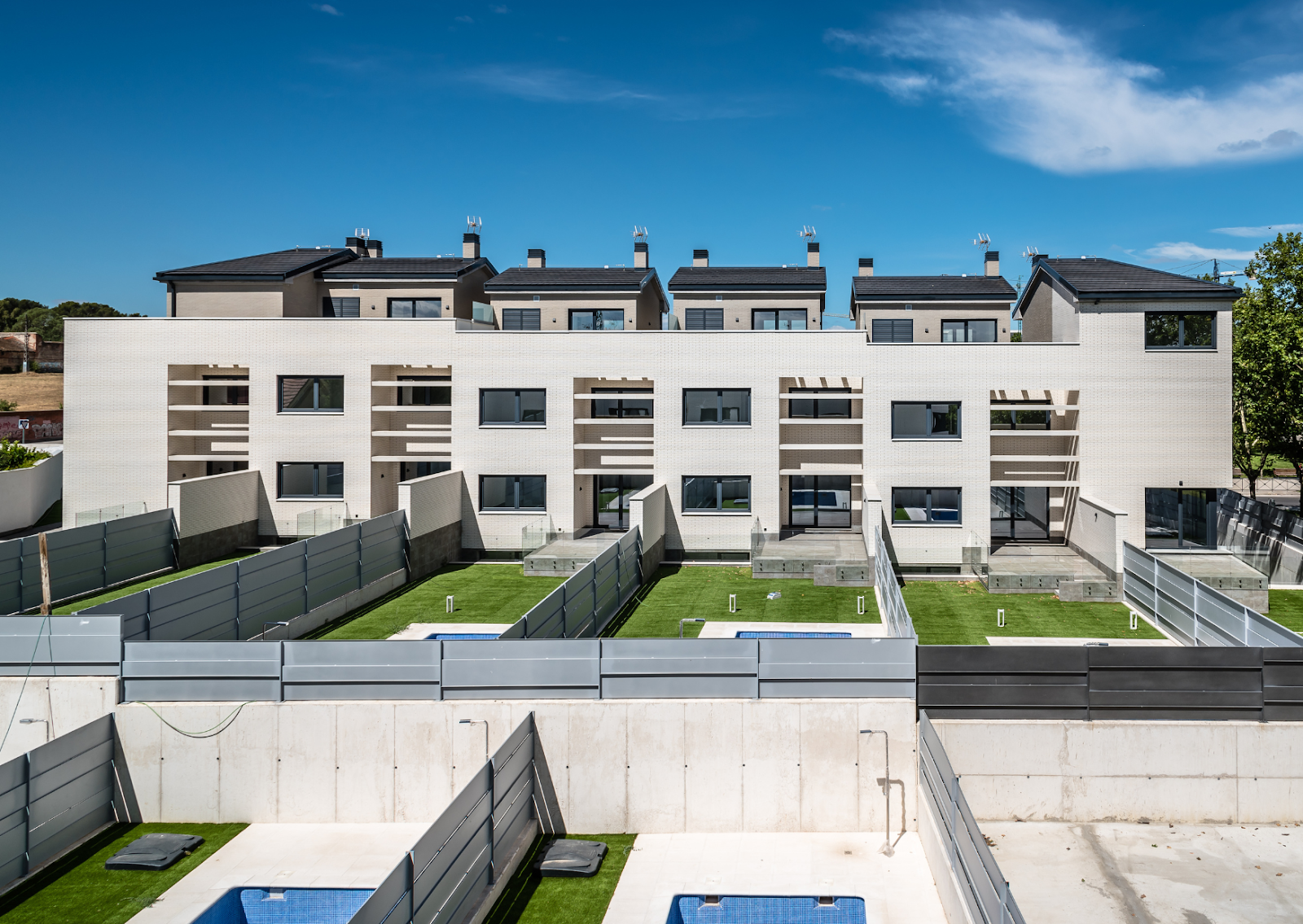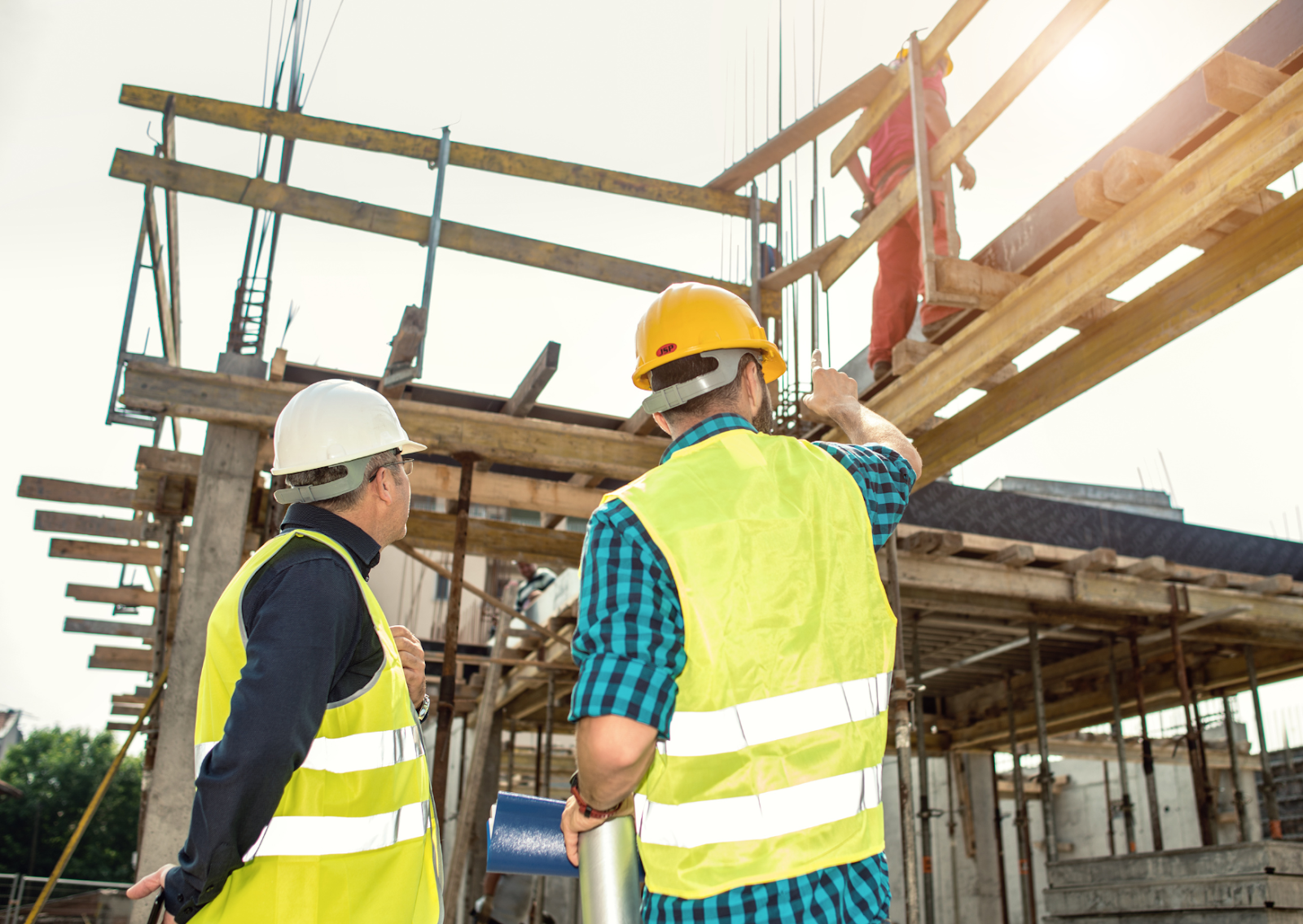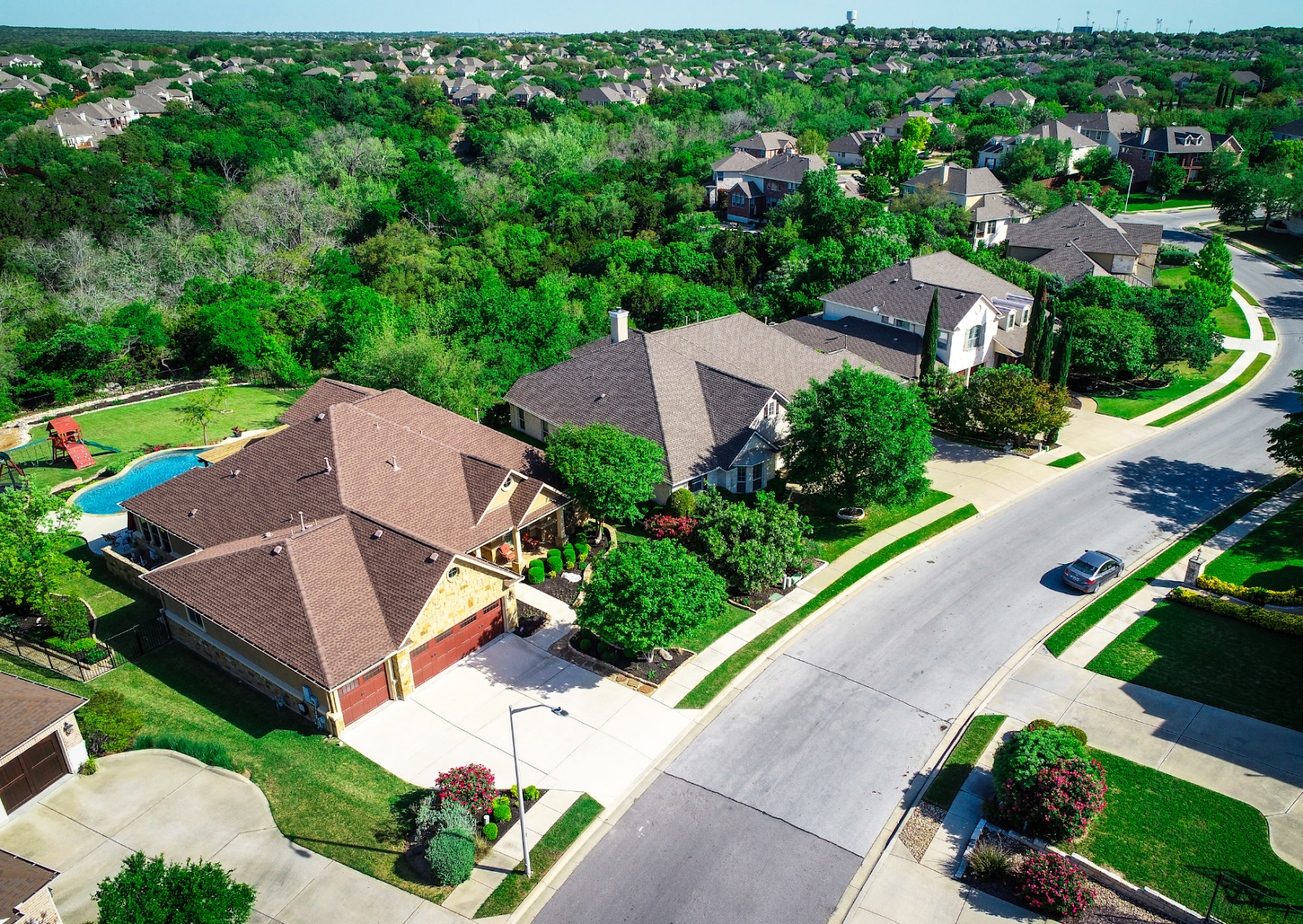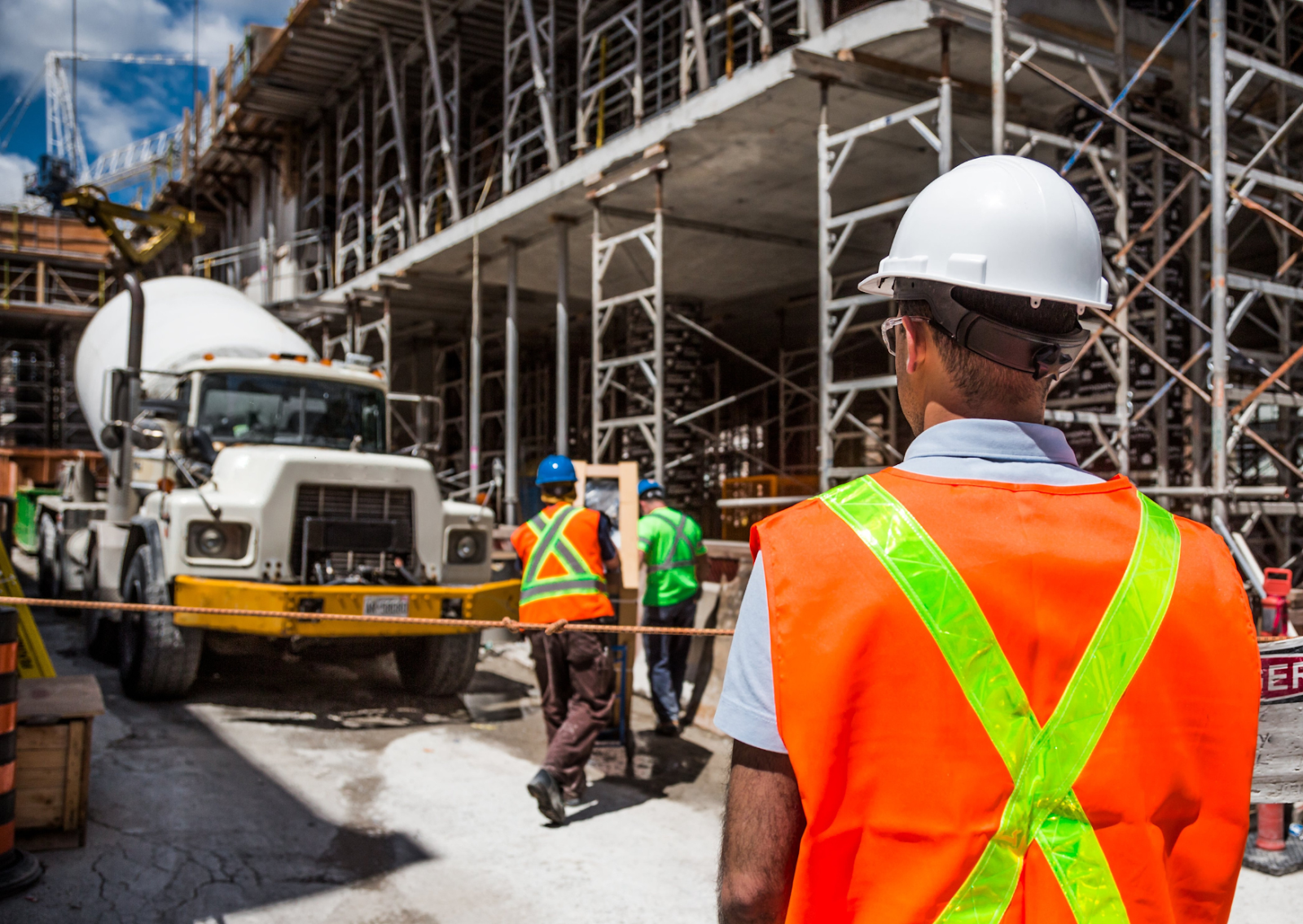Launching a real estate project in Los Angeles is an exciting yet complex journey. Whether you’re a seasoned developer or exploring your first build, each stage, from research and planning to financing and construction, requires careful coordination and local know-how. In this guide, we’ll walk you through the key steps to help you navigate the entire development process with confidence and clarity.
What Is a Feasibility Analysis and Why Does It Matter?
Before you spend time or money, it’s critical to understand whether your real estate project in Los Angeles can succeed. A feasibility analysis does just that:
- Market Trends: Are people looking for condos, offices, or mixed‑use? According to the U.S. Census Bureau, L.A. has seen demand increase for mixed‑income, transit‑oriented projects (U.S. Census Bureau).
- Zoning and Regulations: L.A.’s zoning code (LAMC) restricts density, height, and use (Los Angeles City Planning).
- Financial Projections: You’ll estimate costs—land, construction, permits—and potential income from rental or sales.
Why it matters: Starting here prevents costly mistakes and keeps your project grounded in numbers that can satisfy investors or lenders.
How Do You Secure the Right Land in Los Angeles?
Securing land is step two—and it’s not simple in L.A:
- Find available parcels: Use listing sites or work with brokers familiar with L.A.’s neighborhoods.
- Underutilized properties: Old industrial or commercial sites can be ripe for redevelopment (Jones et al.).
- Partnerships or joint ventures: Team up with current landowners—sharing risk and reward.
- Due diligence: Run environmental assessments and zoning reviews before closing.
Doing this right ensures you don’t overpay or get stuck with land you can’t actually build on.
What Goes into Planning and Design for an L.A. Project?
Once you own the land, it’s time to design something that works—and that fits L.A.:
- Collaborate with architects and planners: Include public space, parking, and sustainable features like solar shading (LA Green Building Ordinance).
- Aesthetics & site constraints: Sloped terrain in the Hills? Historic overlay zones in West Adams?
- Sustainability: L.A. mandates certain green features like water reuse and electric vehicle charging.
The goal: a plan that looks good, meets rules, is buildable, and sells itself to the city and future residents.
How Do Entitlements and Permits Work in Los Angeles?
Getting city approval is often the biggest headache:
- Entitlements: Use, density, height—approved through the City Planning department.
- Environmental Review (CEQA): Most projects trigger CEQA, requiring public comment and mitigation.
- Building Permits: Once entitlements are secured, you submit detailed architectural and engineering plans.
This stage can take months or even years if appeals or community opposition arises.
How Should You Approach Financing and Investment?
Big projects need serious money. Here’s how you can get it:
- Bank loans: Traditional, but lenders need solid financials and collateral.
- Private equity or investors: Syndicated funds, family offices, high‑net‑worth individuals.
- Joint ventures: Developers bring land; investors bring equity.
- Grants and incentives: L.A. offers support for affordable housing, green development, and transit‑adjacent projects.
Financial models must show cash flow, profits, and timelines to win support.
How Do You Manage Construction and Development?
Once your financing and permits are in place, you move into building:
- General contractor selection: Based on cost, track record, ability to work with local labor and union requirements.
- Schedule control: Plan timelines, milestones, and inspections.
- Quality management: Builders must meet building codes and desired finishes.
- Cost control: Keep an eye on change orders, material cost changes, and scheduling issues.
Strong oversight here keeps your project on time and on budget.
How Do You Market and Lease or Sell the Project?
Even the best project fails if no one lives there:
- Leverage L.A. brokers: They know tenant trends—Tech, creative offices, luxury living?
- Staging and events: Show how spaces can feel — live/open houses, virtual tours.
- Digital marketing: Spotlight location benefits—walkability, transit, local attractions.
Marketing creates buzz and attracts the right buyers or tenants fast.
How Do You Operate and Manage the Property?
After launch, it’s about steady operations and tenant satisfaction:
- Day‑to‑day management: Leasing, rent collection, maintenance.
- Facility services: Landscaping, security, common area upkeep.
- Tenant relations: Promptly address complaints, foster community, plan events.
- Reporting: Keep investors informed through regular financial/property performance reports.
Great management keeps tenants happy—and rents stable.
How Does Community Engagement Shape Success?
Los Angeles projects succeed only when neighbors feel heard:
- Early outreach: Inform public meetings, share concept renderings.
- Feedback loops: Adjust design or scale if needed.
- Benefits to neighborhood: Affordable units, parks, improved sidewalks.
Working with—not just alongside—residents helps avoid opposition and delays.
How Do Sustainability and Green Practices Make a Difference?
Green design is required—and smart business:
- LEED or GreenPoint ratings: Recognized certifications for eco‑friendly buildings.
- Energy efficiency: Solar panels, high‑performance windows, efficient HVAC systems.
- Water conservation: Landscape design, greywater, drought-tolerant plants.
Results: lower operating costs, happier tenants, happier regulators, and better marketing appeal.
How Should You Plan for Project Exit or Long-Term Ownership?
Before you even break ground, have an exit plan:
- Sell or hold? Sell condos off-plan, or build and hold rental units.
- Refinance: After the project stabilizes, swap short‑term loans for low‑interest, long‑term financing.
- Long‑term operations: Build steady cash flow through strategic leaseups and solid management.
Exit planning ensures a smooth transition and protects your returns.
Ready to Make Your Vision a Reality?
If you’re planning a real estate project in Los Angeles and want expert guidance every step of the way—from feasibility to completion—reach out to Mid Construction Group. Their proven track record and local expertise can help you navigate complexities and bring your vision to life. Learn more today!.
What Have We Learned?
Launching a successful real estate project in Los Angeles isn’t just about building—it’s about planning, financing, engaging, and managing with precision. From feasibility studies and land acquisition to sustainability and community outreach, each step plays a critical role. With smart decisions, solid partnerships, and a clear plan, you can guide your project from concept to completion—and beyond.
By following these key steps, you’ll be equipped to navigate L.A.’s dynamic market and build developments that stand out and stand tall.
Works Cited
Jones, Michael, et al. Redeveloping Urban Spaces in Southern California. University of California Press, 2020.
Los Angeles City Planning Department. Los Angeles Municipal Zoning Code. City of Los Angeles, 2024, planning.lacity.org.
“California Environmental Quality Act.” California Government Code, § 21000–21177, State of California, 2023, resources.ca.gov.
“Green Building Ordinance.” Los Angeles Department of Water & Power, City of Los Angeles, 2024, ladwp.com/greenbuilding.
“Sustainable Development Trends.” U.S. Census Bureau, 2023, census.gov/data.
Frequently Asked Questions
1. What is a feasibility analysis in real estate development?
A feasibility analysis evaluates whether a real estate project is viable by analyzing market demand, zoning regulations, environmental factors, and financial projections. It helps developers avoid costly mistakes by validating whether a project is worth pursuing.
2. How do I get the necessary permits for a real estate project in Los Angeles?
You need to apply for entitlements and building permits through the Los Angeles City Planning Department. Most projects also require compliance with the California Environmental Quality Act (CEQA), which includes public review and possible environmental mitigation.
3. What financing options are available for property development in L.A.?
Developers can secure funding through bank loans, private investors, joint ventures, and public incentives. Each financing path requires strong financial planning and clear documentation to gain investor trust.
4. How important is community engagement in Los Angeles property development?
Community engagement is crucial for avoiding delays and gaining public support. Engaging residents early, addressing concerns, and showing how the project benefits the neighborhood can lead to smoother approvals and more successful outcomes.
5. What sustainability features should I consider for a new development in Los Angeles?
Developers in Los Angeles are encouraged—and often required—to integrate sustainability measures like energy-efficient systems, drought-tolerant landscaping, and LEED or GreenPoint certifications to reduce environmental impact and attract eco-conscious buyers or tenants.





